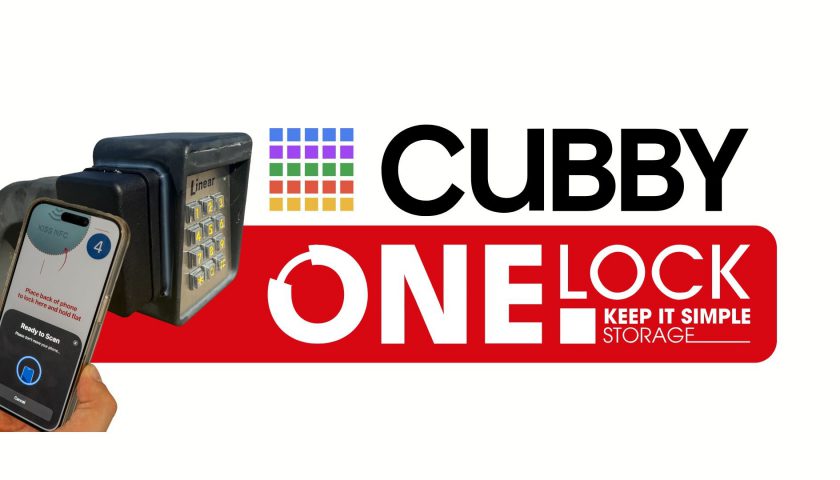One of the most common questions self-storage owners face is: “How much should I raise rents on my tenants?”
It’s a delicate balance. Raise rents too little, and you leave money on the table. Raise them too much, and you risk driving tenants away. The key is finding the right middle ground—one that boosts revenue while keeping occupancy strong.
Here’s a step-by-step guide to help you determine the right rent increase strategy for your facility.
1. Understand Your Local Market
Before making any changes, research what your competitors are charging for similar unit sizes, amenities, and locations.
- If your rates are below market: You have room to raise rents more aggressively.
- If your rates are at or above market: Keep increases moderate to avoid pricing yourself out of demand.
Market research ensures your pricing stays competitive while maximizing revenue potential.
2. Typical Rent Increase Ranges
As a general rule of thumb, self-storage owners should aim for 3% to 7% annual rent increases:
- 3–4% increases: Keep tenants happy, minimize turnover, and maintain long-term loyalty.
- 5–7% increases: Work well in hot markets or when you’ve made improvements (such as security upgrades, technology upgrades, or property enhancements).
Some operators also prefer flat increases—like $5–$10 per month—especially for smaller units where a percentage-based increase might seem insignificant.
3. Factor in Tenant Tenure and Occupancy
Not all tenants should be treated the same when it comes to rent increases.
- Long-term tenants may appreciate smaller, gradual increases as a goodwill gesture.
- High occupancy levels give you flexibility to be more aggressive, since demand supports higher rents.
- Low occupancy levels require caution. Raising rents too much when vacancies are high can push away current tenants and deter new renters.
4. Use Tiered Pricing and Promotions
Another effective approach is tiered pricing:
- Apply larger increases to premium units (climate-controlled, ground-floor, or high-demand sizes).
- Apply smaller increases—or none at all—to older or less desirable units.
You can also offset the perception of higher rents by offering move-in promotions or “grandfathering” loyal tenants at lower rates. This strategy helps keep occupancy strong while still raising overall revenue.
5. Communicate Clearly and Provide Notice
How you communicate rent increases matters just as much as the increase itself.
- Provide at least 30 days’ notice (check your state requirements).
- Be transparent—explain the reason for the increase, such as rising operating costs, property upgrades, or inflation.
- Highlight the value tenants are receiving, such as enhanced security, cleanliness, or convenience.
Clear communication builds trust and reduces tenant frustration when changes are introduced.
Final Takeaway
When deciding on rent increases for your self-storage facility, keep these guidelines in mind:
- Research and understand your local market
- Apply 3–7% annual increases as a standard benchmark
- Adjust based on tenant tenure and occupancy
- Consider tiered pricing strategies
- Always communicate clearly and provide notice
By following these steps, owners can maximize revenue while maintaining tenant satisfaction and occupancy.
At Calvary Realty, we help operators analyze their rent rolls and develop tailored strategies for long-term success. If you’d like guidance on increasing revenue without losing tenants, reach out today for a free consultation. If you’re considering buying or selling storage facilities nationwide, Calvary Realty is here to help. Backed by a 5-star Google rating and hundreds of satisfied clients, we’re committed to delivering results you can count on. Thank you for reading, and we look forward to helping you maximize your investment success.
Contact: Brandon Robinson / Ingla Robinson, Calvary Realty




